00:34
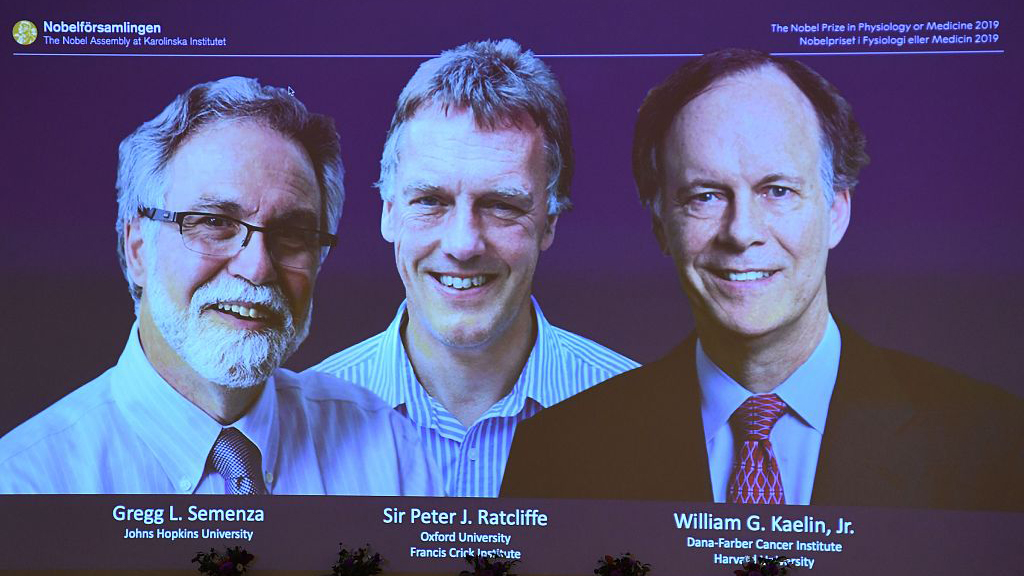
The 2019 Nobel Prize in Physiology or Medicine has been awarded jointly to William G. Kaelin Jr, Sir Peter J. Ratcliffe and Gregg L. Semenza for their discoveries of how cells sense and adapt to oxygen availability, which paved the way for new strategies to fight diseases such as anemia and cancer.
The Nobel Assembly made the announcement on Monday in Stockholm.
Click here to follow the live coverage of the Nobel Prize Award Ceremony.
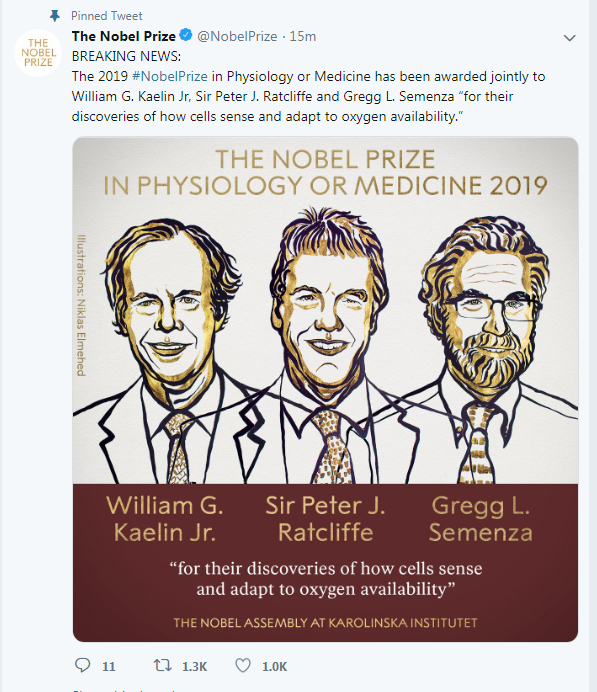
Screenshot of the Twitter account of the Nobel Prize committee.
Screenshot of the Twitter account of the Nobel Prize committee.
Why is their work significant?
Their discoveries "revealed the mechanism for one of life's most essential adaptive processes," the Nobel Assembly said in a statement.
Oxygen sensing is central to a large number of diseases. The discoveries made by the three scientists have fundamental importance for physiology and have paved the way for promising new strategies to fight anaemia, cancer and many other diseases, the assembly said.
Their work "identified the molecular machinery that regulates the activity of genes in response to varying levels of oxygen," which is a major addition to the scientific understanding of the importance of oxygen to animals, according to the assembly.
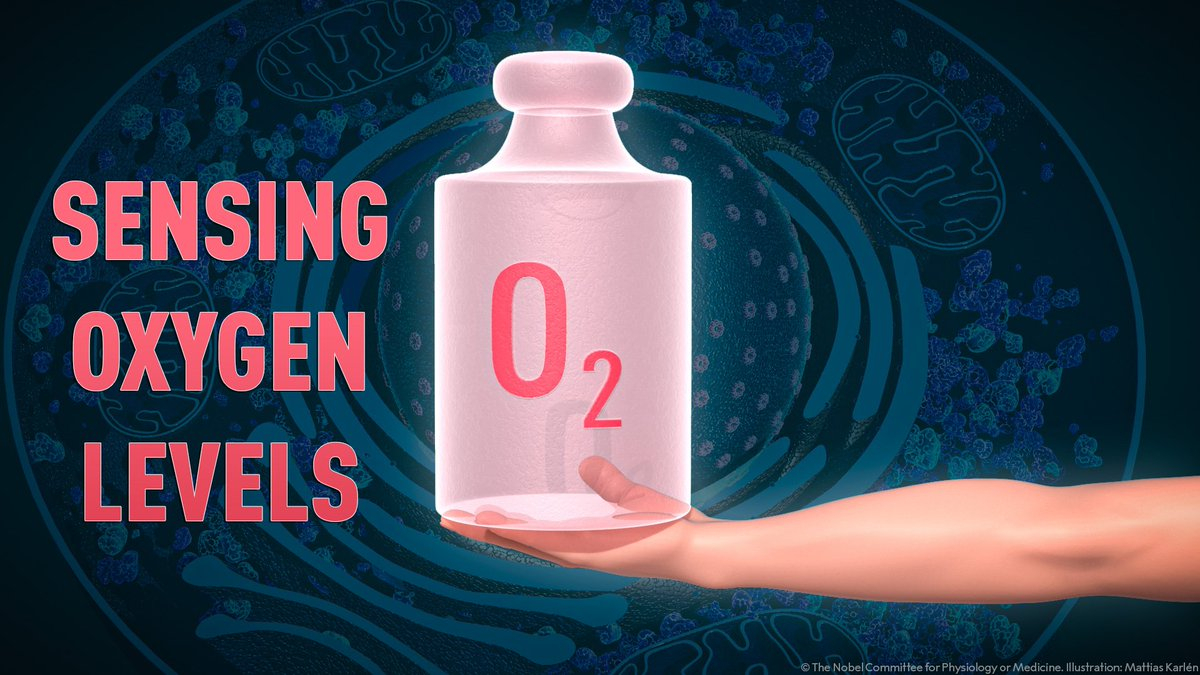
The 2019 Nobel Prize in Physiology or Medicine is awarded to work that reveals the molecular mechanisms that underlie how cells adapt to variations in oxygen supply. /Photo from the Twitter account of the Nobel Prize committee
The 2019 Nobel Prize in Physiology or Medicine is awarded to work that reveals the molecular mechanisms that underlie how cells adapt to variations in oxygen supply. /Photo from the Twitter account of the Nobel Prize committee
While the role of oxygen in the process of converting food into useful energy has been understood for centuries, the way how cells adapt to changing oxygen levels has remained unknown until this year's prize-winning work.
Their research established the basis for the understanding of how oxygen levels affect cellular metabolism and physiological functions, the institute said.
Randall Johnson, a member of the Nobel Assembly, described the work as a "textbook discovery" and said it would be something students would start learning at the most basic levels of biology education.
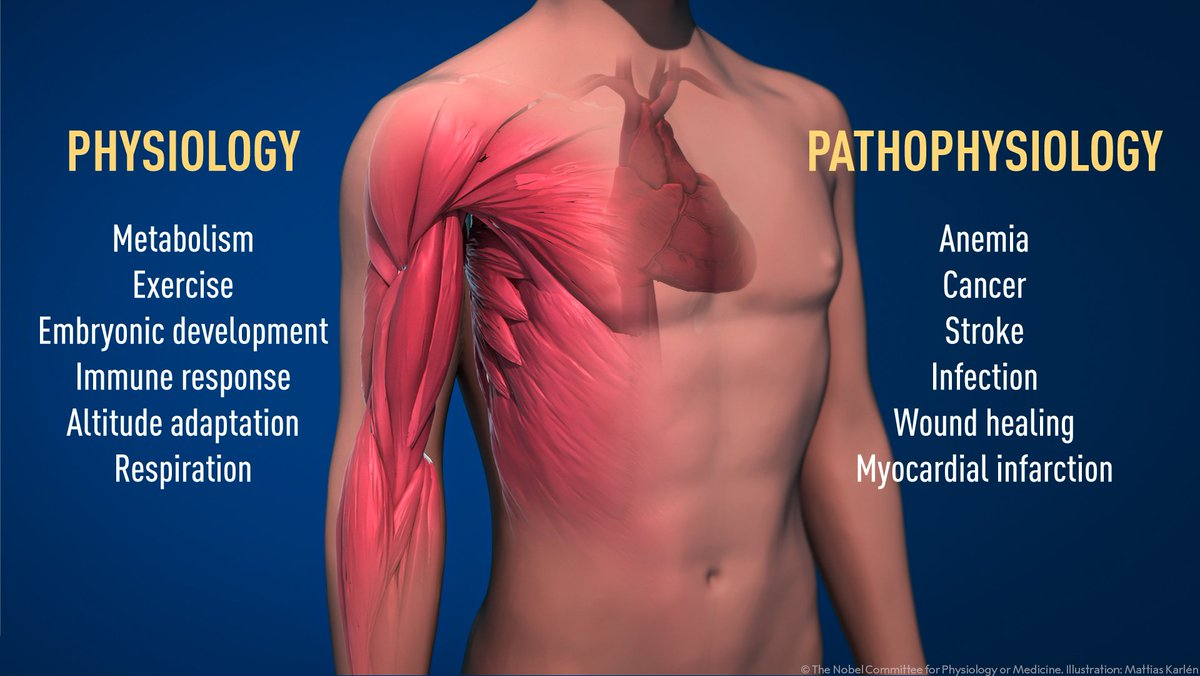
The discoveries made by the three scientists have paved the way for promising new strategies to fight anemia, cancer and many other diseases. /Photo from the Twitter account of the Nobel Prize committee
The discoveries made by the three scientists have paved the way for promising new strategies to fight anemia, cancer and many other diseases. /Photo from the Twitter account of the Nobel Prize committee
Get to know the laureates
William G. Kaelin Jr. is a professor of medicine at Harvard University and Dana-Farber Cancer Institute. His research has focused on understanding the role of mutations in tumor suppressor genes in cancer development. The New York born researcher earned his bachelor's in math and chemistry at Duke University, and remained for his Mater Degree, graduating in 1982.

File photo of William G. Kaelin. /Photo from the website of Harvard University
File photo of William G. Kaelin. /Photo from the website of Harvard University
Sir Peter J. Ratcliffe is a British doctor and cell and molecular biologist best known for his work on cellular reactions to hypoxia. He was born in Lancashire, England, studied medicine at Cambridge University and established an independent research group at Oxford University, becoming a full-time professor in 1996.

Sir Peter Ratcliffe in his office after learning he has been awarded this year's Nobel Prize in Physiology or Medicine. /Photo from the Twitter account of the Nobel Prize committee
Sir Peter Ratcliffe in his office after learning he has been awarded this year's Nobel Prize in Physiology or Medicine. /Photo from the Twitter account of the Nobel Prize committee
Gregg L. Semenza, also born in New York, became a full-time professor at Johns Hopkins University in 1999 and since 2003 has been the director of the Vascular Research Program at the Johns Hopkins Institute for Cell Engineering. He is known for his discovery of HIF-1, which allows cancer cells to adapt to oxygen-poor environments.
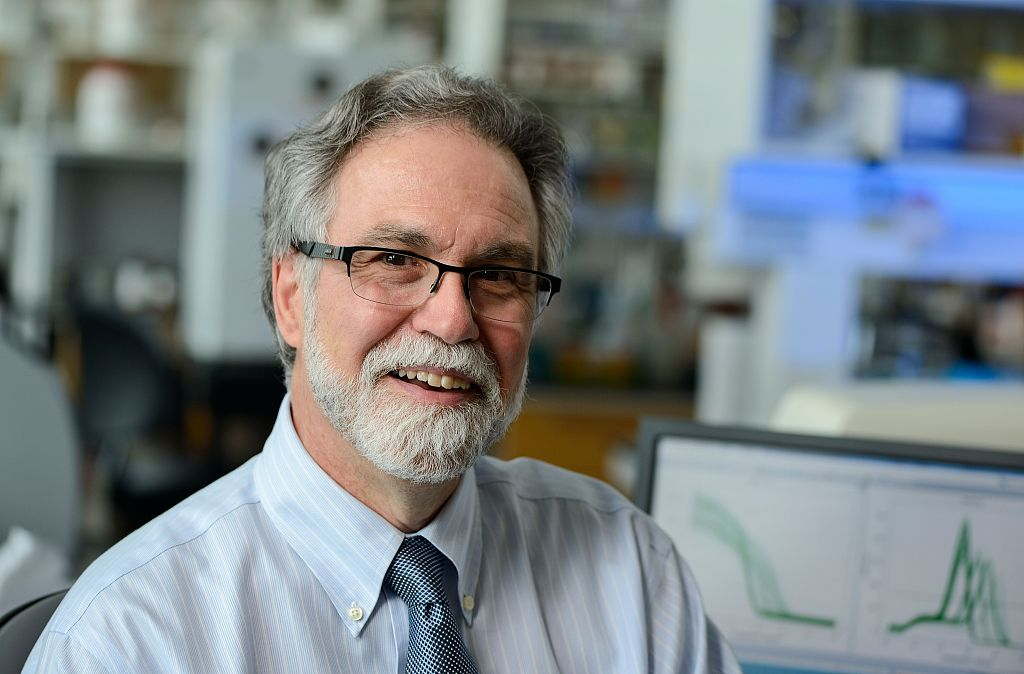
File photo of Gregg Semenza. /VCG Photo
File photo of Gregg Semenza. /VCG Photo
The three will share the prize of nine million Swedish crowns (about 913,000 U.S. dollars).
Medicine is the first of the Nobel Prizes awarded each year since 1901. Nobel medicine laureates have included scientific greats such as Alexander Fleming, the discoverer of penicillin, and Karl Landsteiner, who identified separate blood types and so enabled safe transfusions to be widely introduced.
In 2015, Chinese pharmaceutical chemist Tu Youyou became the first Chinese to be awarded the honor for her discovery of artemisinin (also known as qinghaosu), which is used to treat malaria and has saved millions of lives worldwide.